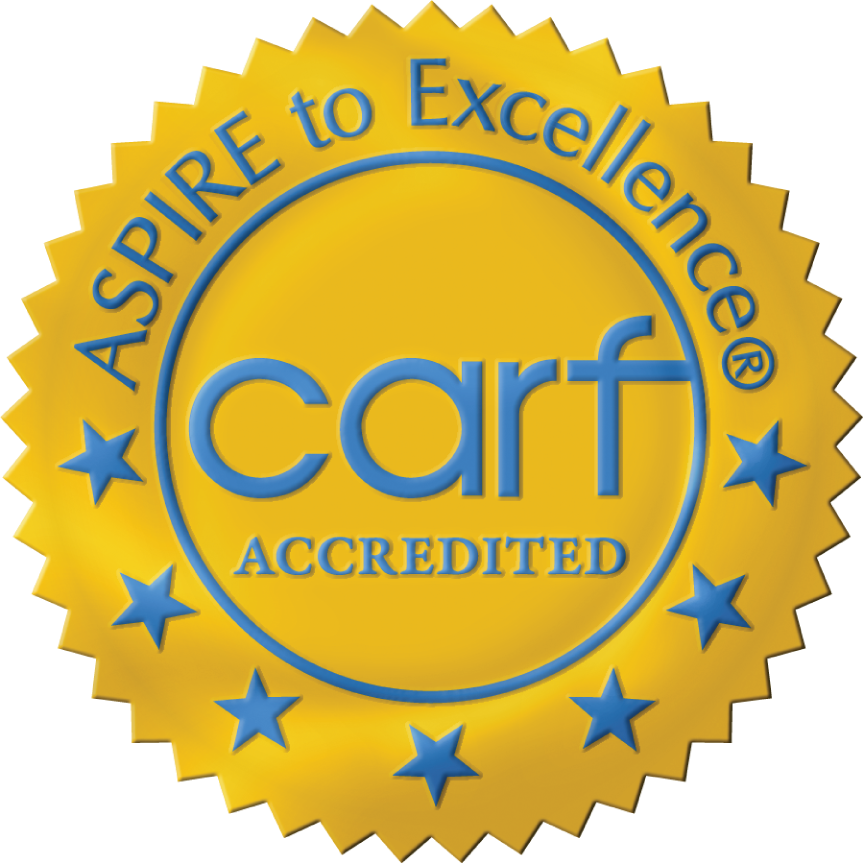
Drug Addicts and Their Families Are Showing the Way to a Better National Drug Policy
Drug addicts’ stories are infinitely varied and specific, but they have a near-universal common core. Each addict’s tortured journey begins with “experimenting”—using drugs with friends who use the same drugs. It starts out with no problems. This innocent flirtation progresses, sometimes rapidly, sometimes slowly, into an abusive chemical love affair as drug-caused problems emerge and grow. As dishonesty enters addicts’ lives, they seek to hold onto their abusive chemical lovers without losing their relationships with family members and others who care about them—all of whom, sooner or later, become concerned about the negative changes in the addicts’ lives caused by their drug use. The suffering grows exponentially until the addicts surrender; until they give up the hope of holding onto their abusive chemical lovers and the seductive illusion that they can keep on using.
That simple, common story is matched by the story of their families. They try reason and love, they offer help and treatment, but in most instances the addiction persists and deepens, as does the dishonesty that is at the core of the addiction. After trying everything else, one person at a time, the families surrender. They give up trying to persuade the addicts to voluntarily and permanently relinquish their chemical lovers. Instead, they demand that the drug use must stop; otherwise the families’ support will be withheld. This is called “tough love.” Few families arrive at tough love without first endlessly and lovingly enabling addicts. To those unfamiliar with this disease, tough love seems cruel, judgmental, harsh, and uncaring. The inexperienced observer has not endured the long periods of family suffering that precedes this painful change of tactics.
What comes next? It is not certain, and sometimes not permanent, but with persistence and support, often with the help of other addicts and families who have been down this path, most addicts achieve recovery. Recovery involves long-term abstinence from the use of alcohol and other drugs. It inspires honesty within the family. Families with members in recovery are whole again and are in a better place than they were before their struggle. There are many roads to recovery, increasingly through innovative long-term random monitoring programs that are appearing including in the criminal justice system and through intensive participation in the recovery fellowships of Narcotics Anonymous (NA) and Alcoholics Anonymous (AA).
To find our way to a better national drug policy requires the same kind of head-on facing of the biological threat of addiction to drugs and the mobilization across many political and partisan divides to achieve a united approach based both on a realistic understanding of the problem and a coherent and tough-minded strategy to reduce drug use. Like the family this means actively and forcefully discouraging drug use.
Can this better drug policy be achieved? Such a policy exists in Sweden, a nation that confronted an epidemic of intravenous heroin and methamphetamine in the 1960s. Initially, the nation used a harm reduction approach by “medicalizing” drug use, having physicians prescribe drugs to addicts to wean them from illegal drug markets and to gradually get them off drugs. Rather than successfully stopping drug use, addicts kept using drugs, and they sold their physician-prescribed drugs to other users to create even more new addicts. Following this outcome, painfully and slowly, the Swedes made a 180-degree turn on drug policy. They moved away from harm reduction, which enabled drug use, to a balanced restrictive policy that reflects the views across the broad political spectrum in Sweden and that enlists the criminal justice system to promote prevention and recovery while reducing incarceration. This is a compassionate system that works.
The United States increasingly is pursuing a permissive drug policy, particularly with regard to marijuana. This policy will end tragically for thousands of new victims of drug addiction. Out of this experience will come a better drug policy that will unite the country to reduce drug use and promote recovery. Make no mistake, given the direction or national policy is now heading, the road to such an enlightened drug policy will be long.
This is the path families take to recovery. This is the path Sweden took to their balanced restrictive drug policy. Many families learn from addiction, a cruel teacher. Sweden learned from addiction and so can the United States. People working with addicts and their families are in a uniquely powerful position to promote this vision for our country, just as they do for the addicts and the families they work with every day.







